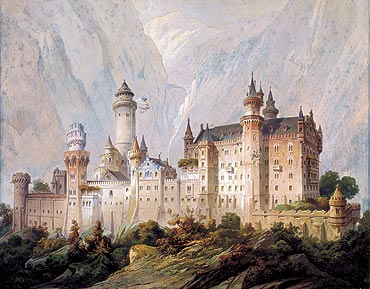This beautiful postcard was sent to me by Carina from Berlin, Germany via Postcrossing [DE-7301557]. It shows the Berlin Cathedral, the Palace of the Republic and the Spree seen from the Nikolai Quarter. She informs me that 'the view on this postcard is not what you would see today. The Palace of the Republic has been torn down. In it's place, the old Berlin Palace is been rebuilt.'
The Palace of the Republic (German: Palast der Republik) in East Berlin was the seat of the parliament of the German Democratic Republic (also known as East Germany), the Volkskammer (People's Chamber), and also served various cultural purposes. Located between Schlossplatz and the Lustgarten (referred to jointly as Marx-Engels-Platz from 1951 to 1994) on an island in the River Spree, it also housed two large auditoria, art galleries, a theatre, 13 restaurants, a bowling alley, a post office, and a discothèque. On 23 August 1990, the Volkskammer ratified the treaty on German reunification, which was later also confirmed by the Bundestag in Bonn. The building was constructed between 1973 and 1976 on the site of the former Berliner Stadtschloss (City Palace), and was completely demolished by 2008 to make room for a reconstruction of the Stadtschloss, which began in 2013.


































